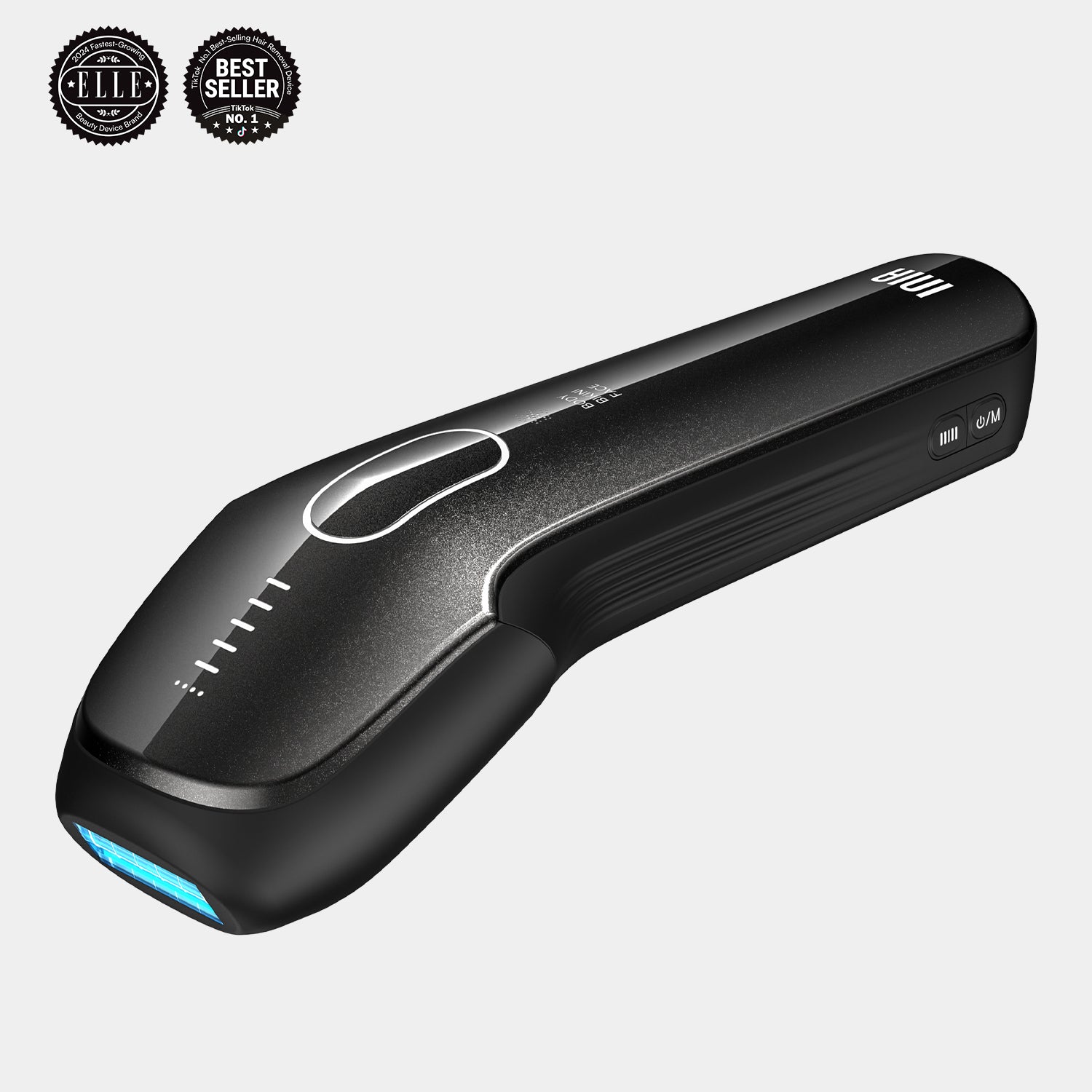Permanent hair removal has become a popular choice for individuals seeking a long-term solution to unwanted hair. With various methods available, understanding how each one works can help you make an informed decision. This article delves into the science behind permanent hair removal, exploring different techniques and their effectiveness.

Understanding Permanent Hair Removal
Permanent hair removal refers to methods that significantly reduce hair growth over time, leading to long-lasting results. Unlike traditional shaving or waxing, which only provide temporary relief, these methods target hair follicles to inhibit future growth. But how do they achieve this?
Laser Hair Removal
One of the most popular methods of permanent hair removal is laser hair removal. This technique uses concentrated light beams to target the pigment in hair follicles. When the light is absorbed, it generates heat that damages the follicle, inhibiting future hair growth. This method is effective for various skin types, although it works best on individuals with light skin and dark hair.
- Quick treatment sessions
- Minimal discomfort
- Long-lasting results
However, it is essential to note that multiple sessions are typically required for optimal results. Are you considering this method? Consulting with a certified professional can provide personalized insights based on your skin type and hair color.
Electrolysis
Another method of permanent hair removal is electrolysis. This technique involves inserting a tiny probe into each hair follicle and delivering an electric current to destroy the follicle's ability to grow hair. Unlike laser hair removal, electrolysis is effective on all hair colors and skin types.
- FDA-approved for permanent hair removal
- Suitable for all skin tones
- Time-consuming due to individual follicle treatment
While electrolysis can be more time-consuming, it is a reliable option for those seeking a permanent solution. If you have a specific area in mind, such as the eyebrows or upper lip, this method may be particularly effective.
Intense Pulsed Light (IPL)
Intense Pulsed Light (IPL) is another method that falls under the umbrella of permanent hair removal. Similar to laser hair removal, IPL uses light to target hair follicles. However, it employs a broader spectrum of light, which can treat larger areas more quickly. This method is often used in salons and clinics.
- Fast treatment for large areas
- Less effective on light-colored hair
- Requires multiple sessions
IPL can be a great option for those looking to cover larger areas, such as the legs or back. However, it is crucial to have realistic expectations regarding the number of sessions needed for effective results.
Choosing the Right Method for You
When considering permanent hair removal, it is vital to evaluate your skin type, hair color, and personal preferences. Each method has its advantages and potential drawbacks. Consulting with a licensed practitioner can help you determine the best approach for your needs.
For those interested in at-home solutions, products like the  can offer a convenient alternative. However, always ensure that you follow the manufacturer's guidelines for safety and effectiveness.
can offer a convenient alternative. However, always ensure that you follow the manufacturer's guidelines for safety and effectiveness.
Conclusion
In summary, understanding the science behind permanent hair removal can empower you to make informed choices. Whether you opt for laser hair removal, electrolysis, or IPL, each method offers unique benefits. By consulting with professionals and considering your specific needs, you can achieve the smooth, hair-free skin you desire.








